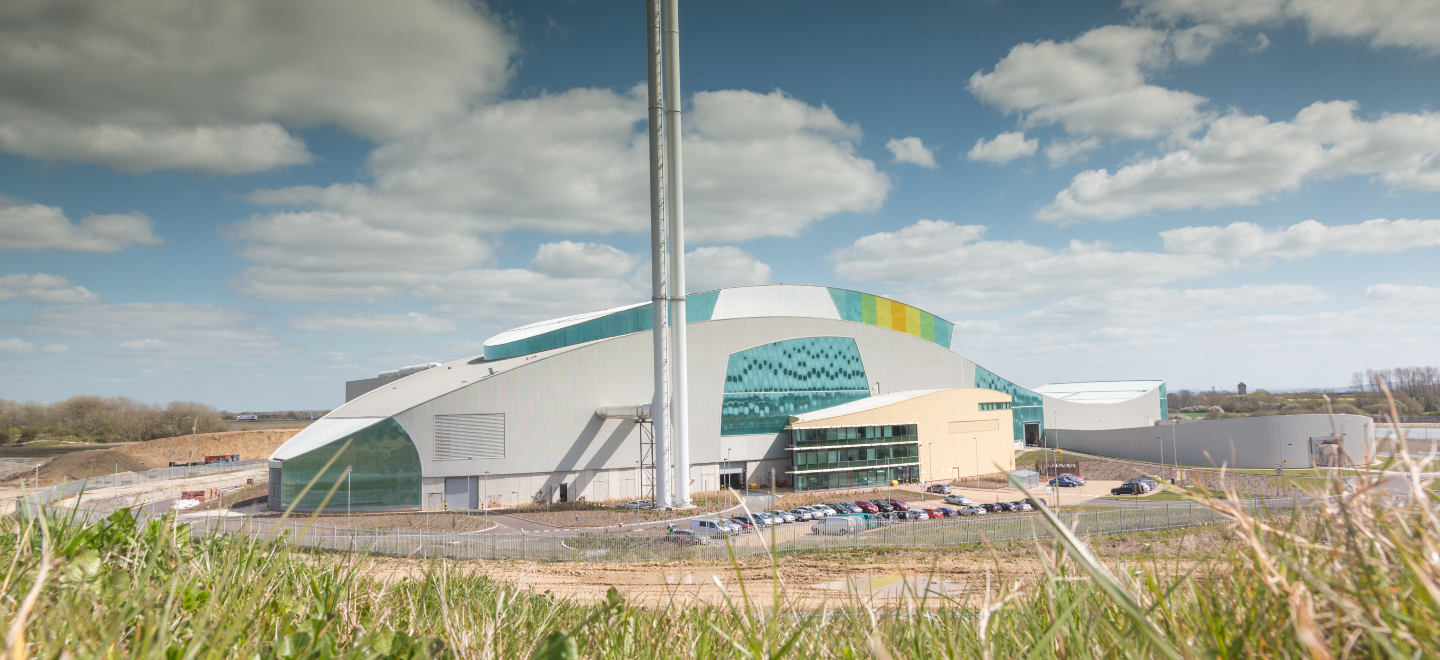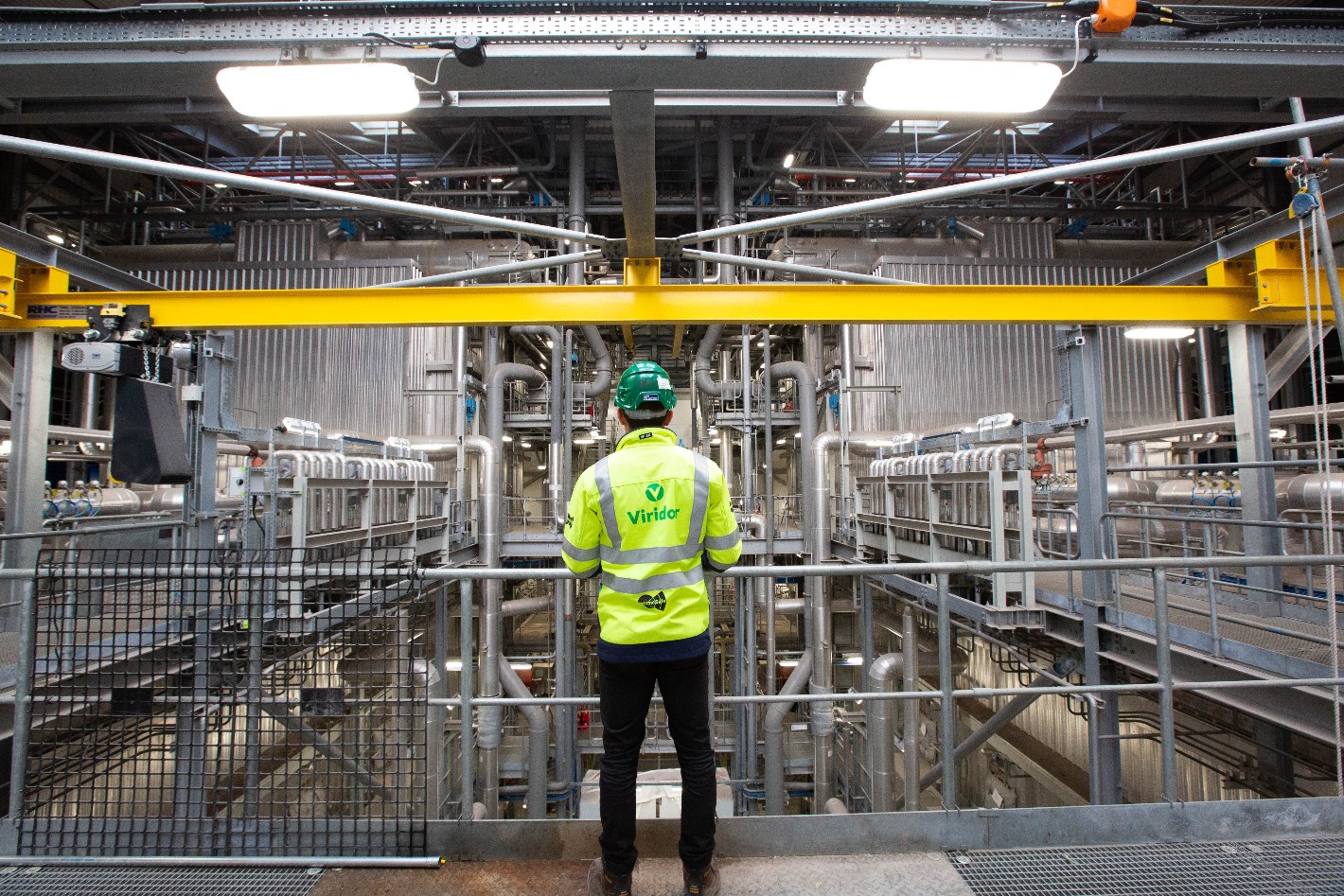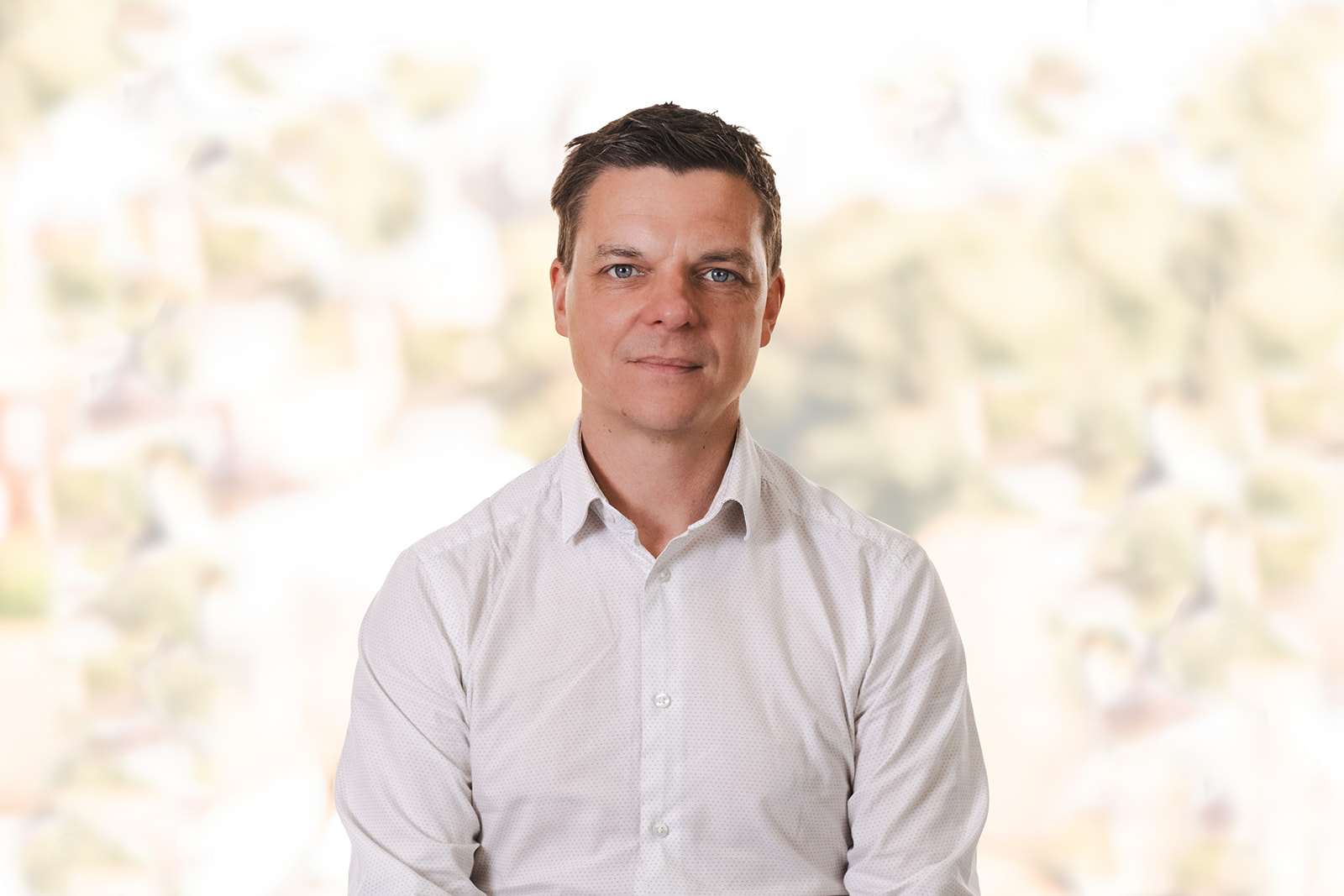Celebrating 20 years of SmartestEnergy with Viridor our longest PPA customer
2021 marked SmartestEnergy’s 20th anniversary. We’re proud of the long-standing relationships we’ve built with our customers, one of the longest being with recycling and waste management businesses, Viridor. Portfolio Team Manager, Matt Neve looks back at our commercial partnership spanning nearly 20 years and shares how Viridor has grown and diversified.

Viridor operates a generation portfolio of around 300MW, traditionally from landfill gas output and increasingly, more recently, from Energy Recovery Facilities (ERFs) with the current fleet of 9 ERFs processing up to 7 million tonnes of waste every year. In our recent podcast with Mark Knights, Viridor’s Director of Power Portfolio Management, he explained how his team works on energy trading, hedging and risk management to maximise the value from this waste stream.
Our partnership with Viridor has evolved over the last two decades. Initially contracting on a simple fixed price PPA, Viridor grew and began to focus on the development of new energy recovery assets, investing £1.5 billion over the last 10 years. In 2010, they migrated on to a portfolio based flexible PPA product allowing them much greater flexibility and access to the wholesale power market enabling them to maximise opportunities within the realms of government policy whilst also addressing the carbon issues that effected the market.
In 2014 Viridor moved on to an Energy Trading Service Agreement (ETSA), a natural step to managing an increasing imbalance risk and to respond to the changing energy market, which had become more volatile. The ETSA not only provides Viridor the ability to manage their own imbalance risk but gives them direct access to our traders and an out of hours service enabling them to trade instantly with 24/7 access to the market.
Over 2020, Covid-19 had impacted the power market in many ways, creating uncertainty, increased volatility and some very low pricing. Having a well-hedged position, before Covid-19 affected the energy markets, enabled Viridor to focus on the operational side of their business. The same volatility also presented some price opportunities to capitalise on. The UK short-term power markets spiked in January with hourly N2EX Day-Ahead Prices above £1000/MWh for four days in a row. We also saw the highest system imbalance price seen in 20 years on the 8th January, hitting £4,000/MWh, providing opportunities but also risk should you be exposed.
In Summer 2020, National Grid introduced Optional Downward Flexibility Management (ODFM). This was a successful tool last year, enabling the system to be balanced in instances where generation outstripped demand. Over 4.7GW of capacity subscribed to this service, across 363 sites. The service was utilised on five occasions and at its peak, 3.2GW of capacity was curtailed on 5 July. £11.9m in value was achieved for those participating. Viridor were able to adapt their energy recover facilities to a place where they could safely be curtailed to help balance the system when required.
Viridor are continually looking to explore new revenue streams, an important consideration for all independents embedded generators. Their PPA contract structure enables them to maximise value from their assets with the flexibility to participate in ancillary services, grid schemes and wider participation in the shorter-term energy markets like the Balancing Mechanism (BM).



